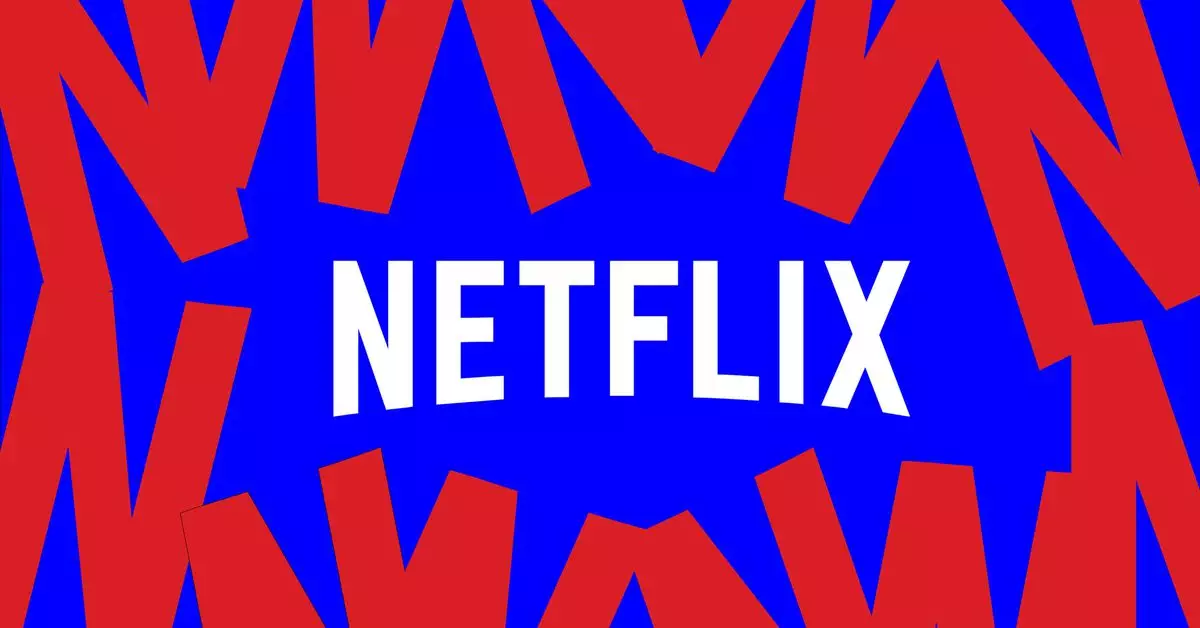For years, Netflix seemed unstoppable, dominating the streaming industry with its vast library of content and high-quality original productions. The company’s market cap soared to over $300 billion in 2021, setting the bar for the rest of the industry. However, in 2022, Netflix faced a significant setback. It started losing subscribers, and executives had to act quickly to appease investors and reverse this trend.
A Cheaper, Ad-Supported Tier
In a surprising move, Netflix launched a cheaper, ad-supported tier, a departure from co-founder Reed Hastings’ previous stance. The goal was to attract new subscribers while capitalizing on advertising revenue. Although the ad-supported tier had a slow start, it gained 5 million subscribers within six months, becoming one of Netflix’s most popular options. The latest earnings report revealed that 40 percent of new subscribers are now choosing the cheaper ad-supported plan.
Cracking Down on Password Sharing
To further address the decline in subscribers, Netflix decided to crack down on password sharing. This decision was met with mixed reactions from users, particularly considering the frequent price hikes they had already experienced. Surprisingly, this crackdown resulted in more signups than cancellations and led to higher revenue for the company. It seems that despite initial backlash, Netflix’s strategy is paying off.
Shifting Focus to Advertisements
Netflix’s bold moves continue with another price hike and the elimination of its cheapest, ad-free plan. The company intends to push users toward its ad-supported plan or the higher-priced standard tier. Although this may seem counterintuitive, ads have become a significant source of revenue for Netflix. The company reported higher revenue per customer on its ad-supported plan compared to the ad-free plan.
During an earnings call, co-CEO Greg Peters emphasized Netflix’s commitment to scaling up its advertising business. The company aims to make the ads plan more attractive by adjusting pricing structures and other areas. Moreover, Netflix struck a $5 billion deal with WWE Monday Night Raw, but sources suggest that subscribers to the ad-free tier will not see ads during the show. This move not only appeals to a younger demographic but also provides Netflix with an additional revenue stream.
Sports Entertainment and Viewer Engagement
WWE Monday Night Raw is not your typical sports broadcast; it is considered sports entertainment, according to Netflix co-CEO Ted Sarandos. This distinction works in Netflix’s favor, as it increases viewer engagement. People who watch WWE tend to keep watching, ensuring continued subscriptions throughout the 10-year streaming agreement with WWE. Additionally, WWE’s non-seasonal nature eliminates the risk of off-season breaks that can lead to cancellations.
Netflix’s transformation is undeniable, and the company is not shy about its evolution. Streaming services, not just Netflix, must prove their profitability amidst fierce competition. This has led to price hikes and the consolidation of multiple services into singular apps. Netflix, aware of its status as a must-have streaming brand, continues to innovate to secure its position.
Netflix, once the undisputed king of streaming, has faced challenges and had to adapt its strategies. Introducing an ad-supported tier, cracking down on password sharing, and prioritizing advertising revenue are all part of its ongoing evolution. By shifting its focus and embracing change, Netflix aims to remain a leading player in the highly competitive streaming industry. The company recognizes that it must continue evolving to maintain its status as a must-subscribe service in the face of aggressive competition.


Leave a Reply